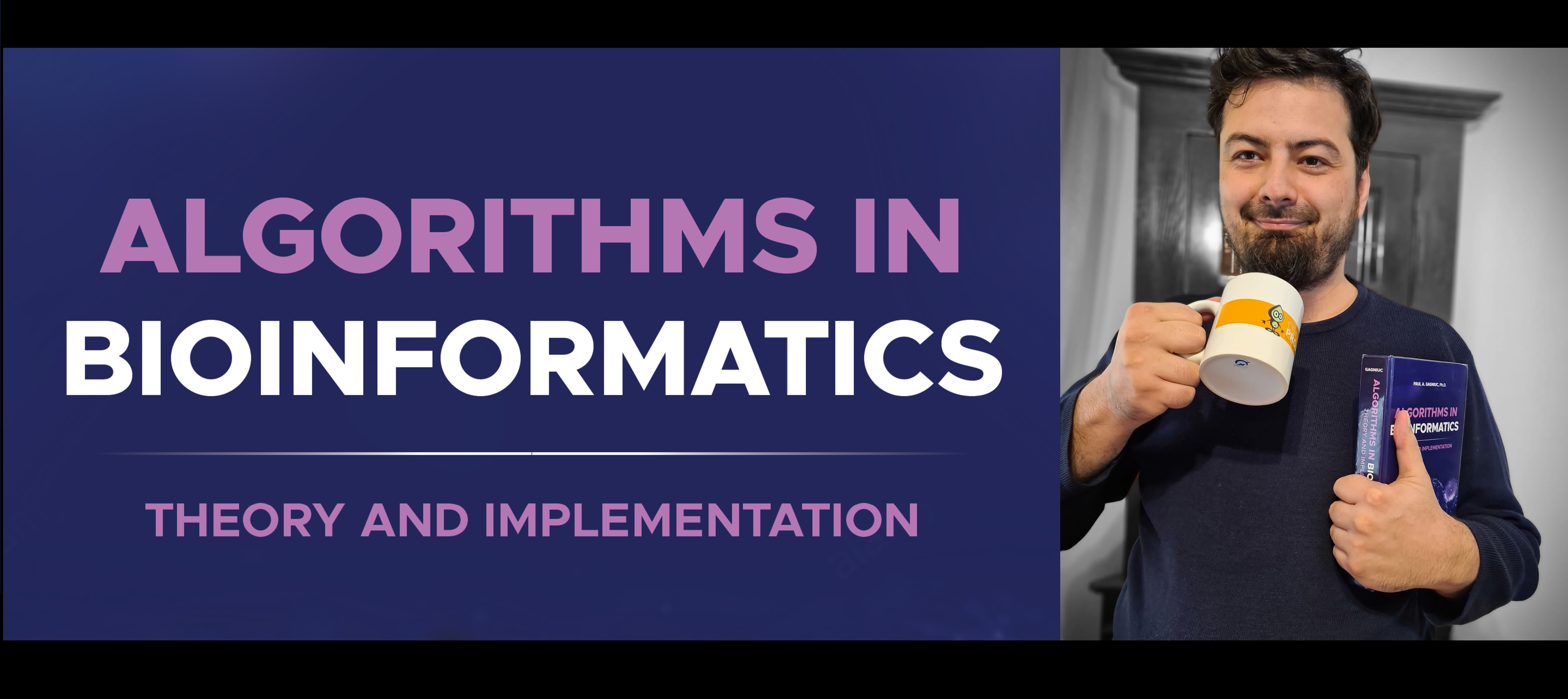
- Teacher: Andrei DANIELESCU
- Teacher: Andrei VASILATEANU

The Bioinformatics course is designed to bridge the gap between computer science and biology, two fields that increasingly intersect. Bioinformatics involves the use of computational tools, algorithms, and data analysis techniques to understand and solve biological problems. Bioinformatics at FILS equips students with essential skills in data analysis, algorithm design, and interdisciplinary thinking. These skills are highly transferable and can be applied to a wide range of fields, from healthcare and biotechnology to cybersecurity and AI, making them versatile professionals capable of addressing complex, data-driven challenges.
1. Data-Driven Science
Biology has become a data-driven science, especially with advances in genomics, proteomics, and systems biology. These fields generate massive amounts of data (e.g., DNA sequences, protein structures, metabolic pathways) that require efficient computational methods for analysis.
Students learn algorithms to handle, analyze, and interpret these large datasets, similar to how data is processed in computer science for various applications. This understanding of data management and analysis is crucial not just for biology but also for areas like finance, engineering, and social sciences.
2. Algorithmic Thinking and Problem-Solving
Bioinformatics teaches students to develop and apply algorithms for tasks such as sequence alignment, gene prediction, and protein structure modeling. These algorithms involve searching, pattern matching, optimization, and machine learning.
The skills gained from developing these algorithms can be directly applied to other domains. For instance, pattern recognition is essential in image processing, search algorithms are used in databases, and optimization techniques are needed in logistics and operations research.
3. Interdisciplinary Skills
The course encourages students to think beyond traditional computer science boundaries and apply their skills in an interdisciplinary context. This flexibility is essential in a rapidly evolving job market where professionals are required to adapt their technical skills to diverse fields.
Bioinformatics exposes students to concepts in molecular biology, genetics, and biostatistics, equipping them with the ability to collaborate across different scientific and engineering fields. This cross-disciplinary competence is valuable in sectors like healthcare, biotechnology, pharmaceuticals, and environmental science.
4. Applications Beyond Biology
The computational techniques and algorithms learned in bioinformatics have applications in other areas. For example, machine learning algorithms developed for analyzing biological data can be repurposed for detecting anomalies in cybersecurity or for predictive maintenance in industrial settings.
Network analysis techniques, used to study interactions between proteins or genes, can also be applied to understanding social networks, internet structures, and communication systems.
5. Preparing for Future Innovations
The convergence of computer science and biology is driving innovations such as personalized medicine, drug discovery, and synthetic biology. Students who understand how to apply computational skills to biological data are well-positioned to contribute to these cutting-edge fields.
Moreover, the concepts of data analysis, modeling, and simulation that are taught in bioinformatics are foundational to artificial intelligence and machine learning, which are becoming integral parts of all technological innovations.
1. Data-Driven Science
Biology has become a data-driven science, especially with advances in genomics, proteomics, and systems biology. These fields generate massive amounts of data (e.g., DNA sequences, protein structures, metabolic pathways) that require efficient computational methods for analysis.
Students learn algorithms to handle, analyze, and interpret these large datasets, similar to how data is processed in computer science for various applications. This understanding of data management and analysis is crucial not just for biology but also for areas like finance, engineering, and social sciences.
2. Algorithmic Thinking and Problem-Solving
Bioinformatics teaches students to develop and apply algorithms for tasks such as sequence alignment, gene prediction, and protein structure modeling. These algorithms involve searching, pattern matching, optimization, and machine learning.
The skills gained from developing these algorithms can be directly applied to other domains. For instance, pattern recognition is essential in image processing, search algorithms are used in databases, and optimization techniques are needed in logistics and operations research.
3. Interdisciplinary Skills
The course encourages students to think beyond traditional computer science boundaries and apply their skills in an interdisciplinary context. This flexibility is essential in a rapidly evolving job market where professionals are required to adapt their technical skills to diverse fields.
Bioinformatics exposes students to concepts in molecular biology, genetics, and biostatistics, equipping them with the ability to collaborate across different scientific and engineering fields. This cross-disciplinary competence is valuable in sectors like healthcare, biotechnology, pharmaceuticals, and environmental science.
4. Applications Beyond Biology
The computational techniques and algorithms learned in bioinformatics have applications in other areas. For example, machine learning algorithms developed for analyzing biological data can be repurposed for detecting anomalies in cybersecurity or for predictive maintenance in industrial settings.
Network analysis techniques, used to study interactions between proteins or genes, can also be applied to understanding social networks, internet structures, and communication systems.
5. Preparing for Future Innovations
The convergence of computer science and biology is driving innovations such as personalized medicine, drug discovery, and synthetic biology. Students who understand how to apply computational skills to biological data are well-positioned to contribute to these cutting-edge fields.
Moreover, the concepts of data analysis, modeling, and simulation that are taught in bioinformatics are foundational to artificial intelligence and machine learning, which are becoming integral parts of all technological innovations.
- Teacher: Paul Aurelian GAGNIUC
- Teacher: Mihai-Constantin BUTOLO
- Teacher: Maria Iuliana DASCALU
- Teacher: Andrei-Augustin DOROBANŢU